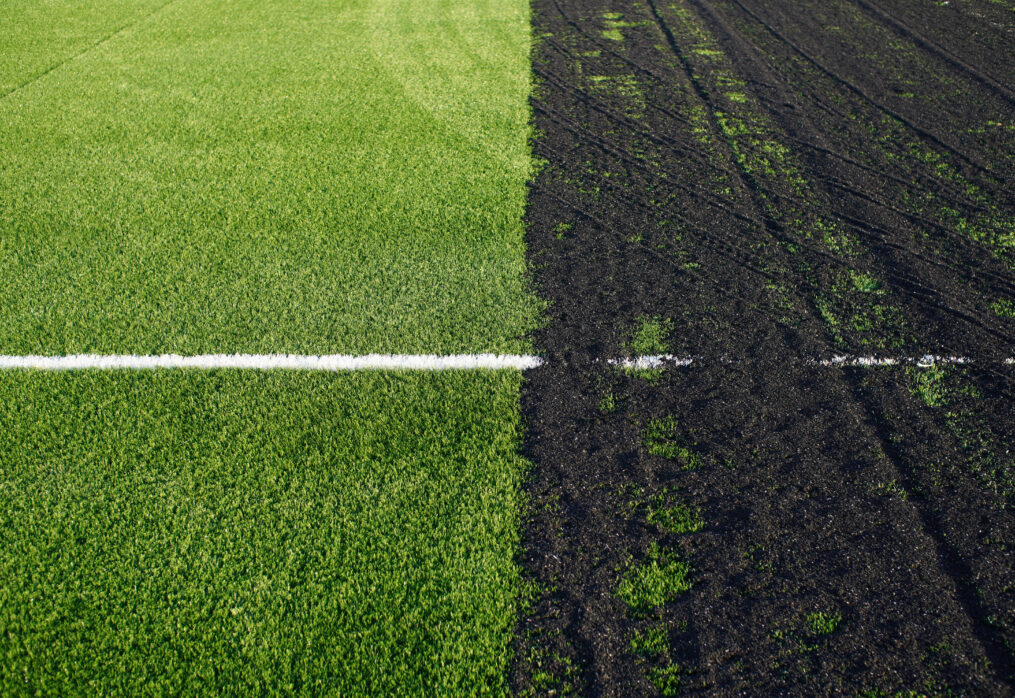Sod vs. Seed: Which is Better for Your Natural Lawn?
For your natural lawn, which Sod vs seed for natural lawn is better?
Many homeowners dream of a rich, green lawn. Regarding creating a natural grass, sod and seed are your two main choices. Both approaches have benefits and drawbacks; the optimal one will rely on your particular requirements, money, and timeframe. This page will discuss the variations between sod and seed, guiding your choice of which is better for your lawn.
What is soil?
Pre-grown grass and sod arrive in rolls of dirt and grass, ready to be used in your yard. Sod is essentially like a “grass carpet” that provides a perfect lawn right away after being set.
Benefits of Sod:
One of the main advantages of sod is that it produces instant green grass. Your property’s curb appeal will be improved by rich, mature grass created within a few hours of installation. Two great options for stopping soil erosion are sod. It’s a great choice for sloped regions or runoff-prone sites because it settles the ground right away after installation. Generally speaking, sod is free of weeds and pests since it is professionally cultivated and cared for before delivery. This starts your lawn looking clean and consistent. Less Care Initially, sod grows fast and calls for less irrigation than seed. The roots attach themselves to the ground for a few weeks at most.

Sod’s shortcomings include:
Greater Cost: Sod is rather more costly than seed. The cost covers the sod’s actual price as well as the labor required for installation, which can rapidly mount up. Laying sod entails careful watering and soil preparation, as well as appropriate alignment. It requires more work, and usually professional installation is required to get it perfect. Sod is less widely available in variety than seed. Your region may have fewer options for the kind of grass that will thrive best in your environment.
Seed: What is it?
Seeding is the process of planting grass seeds directly into the ground and tending them until they form a whole lawn. It is the more conventional approach to creating natural grass.
Benefits of Seeds:
Economically wise: Seeding uses far fewer resources and labor than sod. This is a fantastic choice for homes on a tight budget. Seeds offer a wider range of grass varieties and blends, allowing you to choose the best grass for your soil type, sun exposure, and environment. Because it grows in place, grass cultivated from seed often has a deeper root system, possibly increasing its long-term resilience. Reseeding is a cheap and easy method to fix barren areas of your lawn should parts get damaged.
You Might Also Like – Best NaturalGrass Types for Hot Climates
Drawbacks of seed:
1. Longer Time to Establish: Seed takes time to germinate and grow, unlike sod, which presents an instant grass. For planted lawns, complete maturity takes many months. 2. Low Maintenance: First of all, newly planted lawns need constant watering, weeding, and maintenance to guarantee uniform growth of the grass. This is time-consuming and labor-intensive. 3. Susceptibility to Erosion: Before they are developed, seeded lawns are susceptible to erosion from wind, rain, or foot activity. This may lead to patchy areas and unequal development. 4. Possibility of Weeds: Grass seed grows slowly, which provides chances for weed establishment. Throughout the initial growth season, weed control can provide difficulties.
You Might Also Like – Top Low Maintenance Natural Lawn Grasses
Sod vs. Seed: Which is Better for You?
Budget, timeframe, lawn size, and your willingness to keep it maintained during the first growing period all play roles in the choice between sod and seed.
If you want an instant grass without waiting for seeds to flourish, choose sod.
- You allocated more money for your yard project.
- Especially on hills or slopes, you must instantly stop erosion.
- You want a low initial maintenance, weed-free lawn.
Choose Seed If you are trying for a reasonably priced solution.
- You want to have more influence on the grass variety to fit your specific surroundings.
- You are ready to commit time and effort to water, weed, and maintain your grass for the first growing season.
- You have to deal with a huge area where sod installation would be unaffordable.
In summary
Sod and seed have special advantages and disadvantages. Though it comes at a higher cost with fewer grass choices, sod is fantastic for erosion management and produces quick effects. On the other hand, seed is less expensive but provides more variety; it also requires patience and initial care. By balancing these elements against your demands, you can determine whether Sod vs seed for natural lawn is best for your particular lawn. Whatever your choice, a lovely, healthy lawn depends mostly on appropriate preparation, installation, and upkeep. Are you ready to change your lawn? Give your choices careful consideration and start your journey to a more vibrant, environmentally friendly outdoor area right now!
I recommend checking out:
- How to plant lawn grass: A Step-by-Step Guide
- Mowing Heights By Season And Grass Type
- What Is the Best Warm Season Grass for Your Lawn
- Natural Weed and Grass Killer Recipe for a Chemical-Free Lawn
- What type of machine is used to cut grass?
- 5 gorgeous flowering plants to bring home in summer
- 10 Stress Relieving Indoor plants for home
- 10 plants you can easily grow in a bottle
- 5 Easy Tips to Maintain a Tulsi Plant at Home
- 5 Medicinal Plants to Grow at Home
- 10 palm plants to grow at home
Last Updated on 1 year ago by Anjali Mehra Ph.D. in Horticulture (Punjab Agricultural University)
- Why Lawn Grass Fails After Installation (Real Indian Case Studies) - December 25, 2025
- Nilgiri Grass vs Korean Grass – Price, Look & Maintenance Compared - December 23, 2025
- Delhi Pollution & Dust-Proof Lawn Care Guide - December 20, 2025
